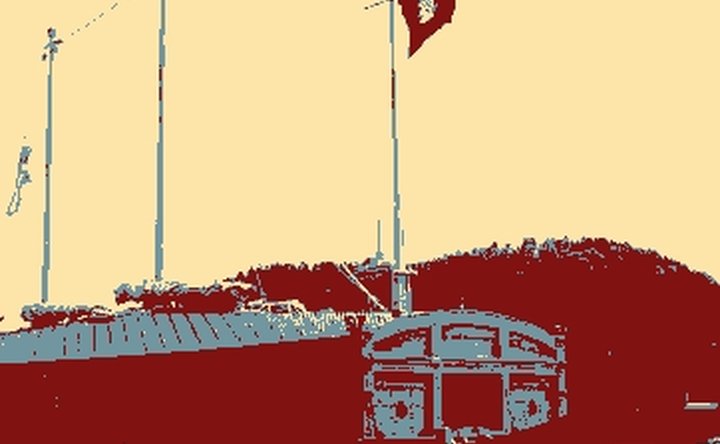How does China’s leadership view its fighter pilots?
One of the lessons most commonly lost on those who make procurement decisions is that the purchase of a weapon system that represents a leap in technological capability does not translate into some instant, magical uptick in combat power.
The quality of the operator, their training, the command environment and the degree to which the pilot, submarine captain or infantry officer has freedom to make their own decisions – all these factors make as much or more of a difference than the technology level of weaponry.
The People’s Liberation Army Air Force (PLAAF) is a perfect example of this truism.
Already have an account? Log in
Want to keep reading this article?
More from Air Warfare
-
![“Gloves are off” as US Defense Secretary memo calls for sweeping drone procurement reform]()
“Gloves are off” as US Defense Secretary memo calls for sweeping drone procurement reform
US Secretary of Defense Pete Hegseth has promised to usher in a new era of “military drone dominance”.
-
![Norway cleared for possible $2.6 billion HH-60W helicopter FMS]()
Norway cleared for possible $2.6 billion HH-60W helicopter FMS
The possible sale for nine HH-60W by the US government could make Norway the first Foreign Military Sale customer for the rescue and combat helicopter and add to the country’s ongoing acquisition of Sikorsky-made helicopters.
-
![Bell selected over Boeing to build DARPA SPRINT X-Plane]()
Bell selected over Boeing to build DARPA SPRINT X-Plane
The programme first began in 2023 with Bell and Boeing’s concepts progressing to Phase 1B, in which testing has been carried out over the last year.
-
![National Audit Office report highlights major delays in UK’s F-35 programme]()
National Audit Office report highlights major delays in UK’s F-35 programme
The report discloses that while the capability provided by the F-35 is superior to previous UK aircraft, delays from the UK Ministry of Defence on the programme have significantly impacted the country’s warfighting capabilities.
-
![Boeing E-7A still in South Korean AEW&C competition, despite dropout reports]()
Boeing E-7A still in South Korean AEW&C competition, despite dropout reports
The E-7A is one of three aircraft submitted for the South Korean AEW&C II competition, which seeks to acquire four more aircraft of the type for its air force by 2028.























